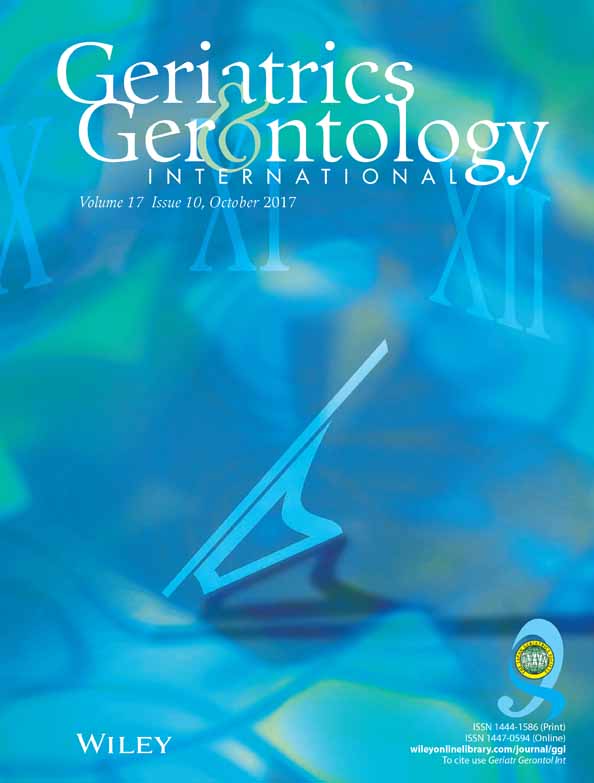Agreement between Chronic Kidney Disease Epidemiological Collaboration and Berlin Initiative Study equations for estimating glomerular filtration rate in older people: The Invecchiare in Chianti (Aging in Chianti Region) study
Abstract
Aim
The aim was to investigate to what extent chronic kidney disease (CKD) can be staged interchangeably by Chronic Kidney Disease Epidemiological Collaboration (CKD-EPI) and by Berlin Initiative Study (BIS) equations, and to verify whether cystatin C can improve concordance between formulas.
Methods
Our series consisted of 828 community-dwelling individuals aged 65 years or older enrolled in the Invecchiare in Chianti Study (“Aging in the Chianti Region”). Estimated glomerular filtration rate was calculated using the creatinine-based CKD-EPI, creatinine/cystatin C-based CKD-EPI, creatinine-based BIS and creatinine/cystatin C-based BIS equations. Agreement and sources of discrepancy between equations in identifying people with different degrees of kidney dysfunction was investigated by κ statistic and Bland–Altman plots.
Results
Overall, CKD-EPI values were higher than that obtained with BIS equations, especially for eGFR = 30–60 mL/min/1.73 m2. A total of 191 out of 828 participants were classified in stage 2 by the creatinine-based CKD-EPI and in stage 3a by the creatinine-based BIS equation, whereas 123 participants were classified in stage 2 by creatinine/cystatin C-based CKD-EPI and in stage 3a by the creatinine/cystatin C-based BIS equation. A total of 27 participants were classified in stage 3a by creatinine-based CKD-EPI and in stage 3b by creatinine-based BIS equation, whereas 18 were classified as stage 3a by creatinine/cystatin C-based CKD-EPI and stage 3b by the creatinine/cystatin C-based BIS equation.
Conclusions
Despite a fair overall concordance, the CKD-EPI and BIS equations cannot be considered interchangeable to assess estimated glomerular filtration rate in older people, and using creatinine/cystatin C-based rather than creatinine-based equations only marginally improves the concordance between CKD-EPI and BIS. Disagreement between equations might significantly impact the applications of stage-specific measures for managing CKD among older people. Geriatr Gerontol Int 2017; 17: 1559–1567.




